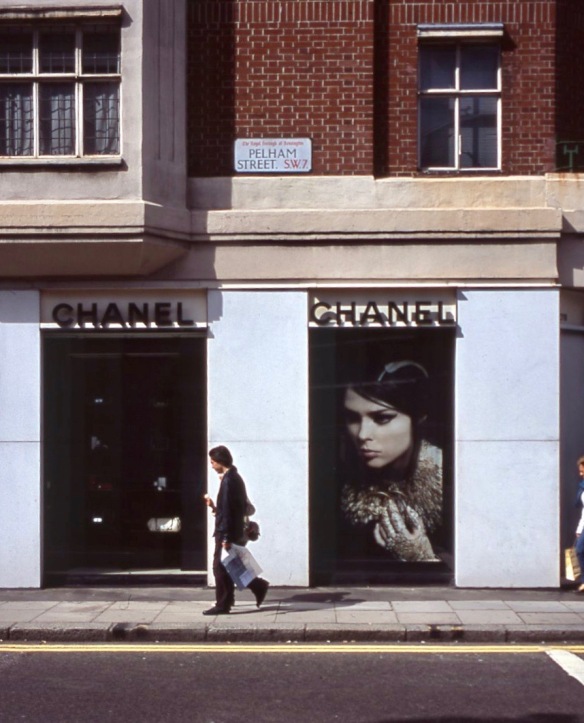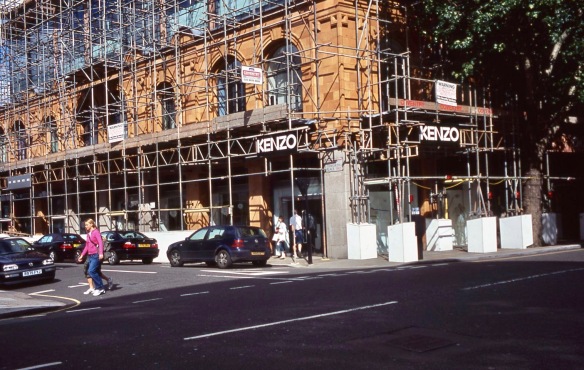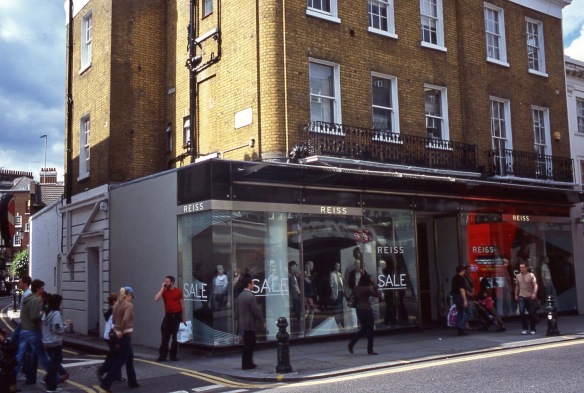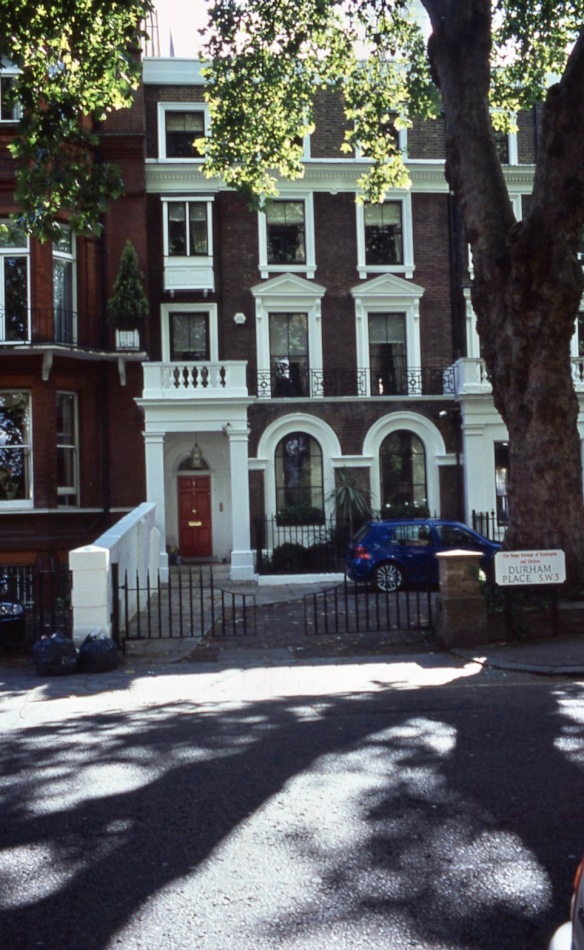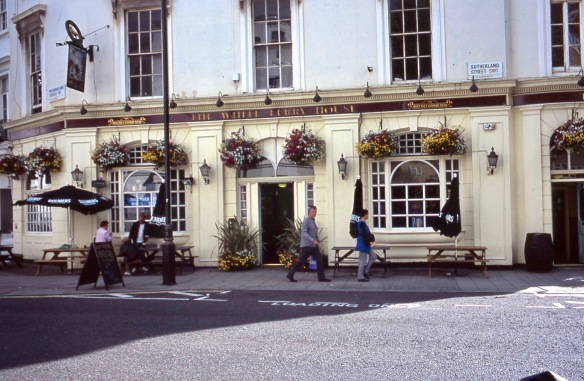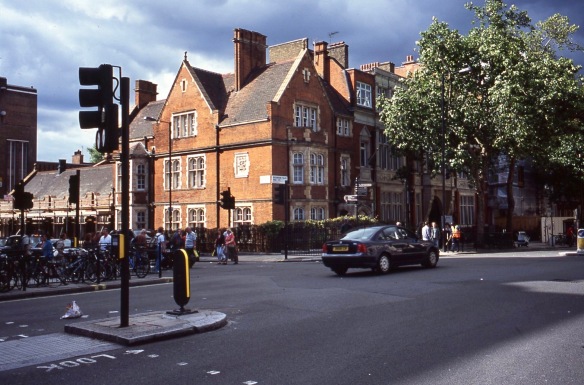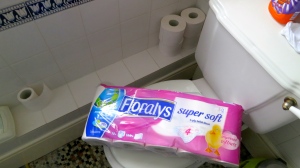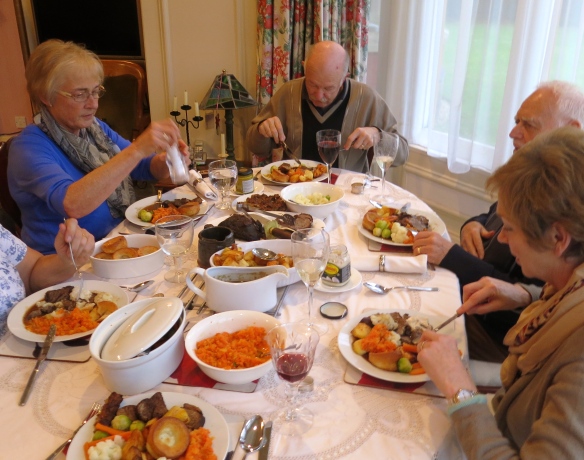
Towards the end of 1972, I spent a short period alone in another of Tony’s properties, this one in Gillespie Road, near Arsenal’s then football ground. One weekend at that time I returned from visiting Matthew and Becky to find my Ford Corsair concertinaed. Its front and back had each been pushed in a bit. Apparently there had been an attempted murder in which another car had been used to run down a pedestrian. Things had got rather out of control and the murder weapon plunged into the car parked behind mine which was shoved into the one in front.
My readers are probably hoping that the story would finish there. No such luck. There was more. David Hignett, one of the social workers in my Southwark Area Team, with Pat Benge at his side, offered to tow me in his very solid Volvo, to Raynes Park which still housed my garage. We set off after work, and drove at a rate of knots through London from north to south. The chosen route took us into Chelsea’s King’s Road. In the ’70s, this was the place to be noticed. I certainly was.
David drove at a good thirty miles an hour, and didn’t seem to slow down for bends. As we turned left into King’s Road, the towrope became entangled around my nearside front wheel. When we stopped at traffic lights I alighted from my car and waved to my friend who repeated the gesture. Pointing to the underside of the vehicle I crouched down and began to tackle the rope. The lights changed. Off David sped. I leapt to my feet and started running. Between two motors tied together. The one following had no driver.
Fans of Stephen Spielberg’s 1971 TV masterpiece ‘Duel’ will know that it is possible to be chased by an apparently driverless vehicle. There was no question about mine. It was driverless. The driver was running down the road in front of it.
Naturally, I yelled a bit at David. Pat screamed at him to stop. He did. My Corsair didn’t. I turned to see it bearing down on me. Bracing myself for the impact I caught my car in my hands by the front bumper and actually managed to stop it. Unfortunately the front of the Ford also caught my leading leg, ripped it a bit, and my trousers even more.
As I limped to the kerbside after we’d all come to a halt, I might, I thought, have been justified in being disappointed that no-one in the crowd that had now gathered seemed inclined to offer sympathy or concern for my health. They were all looking for the film crew. After all, why else would a young man wearing a brown velvet suit come a cropper in such an unlikely manner?
For anyone who is actually concerned, I simply suffered a little bruising, with my bones intact.
Published by derrickjknight
I am a septuagenarian enjoying rambling physically and photographing what I see, and rambling in my head as memories are triggered. I also ramble through a lifetime’s photographs View more posts

